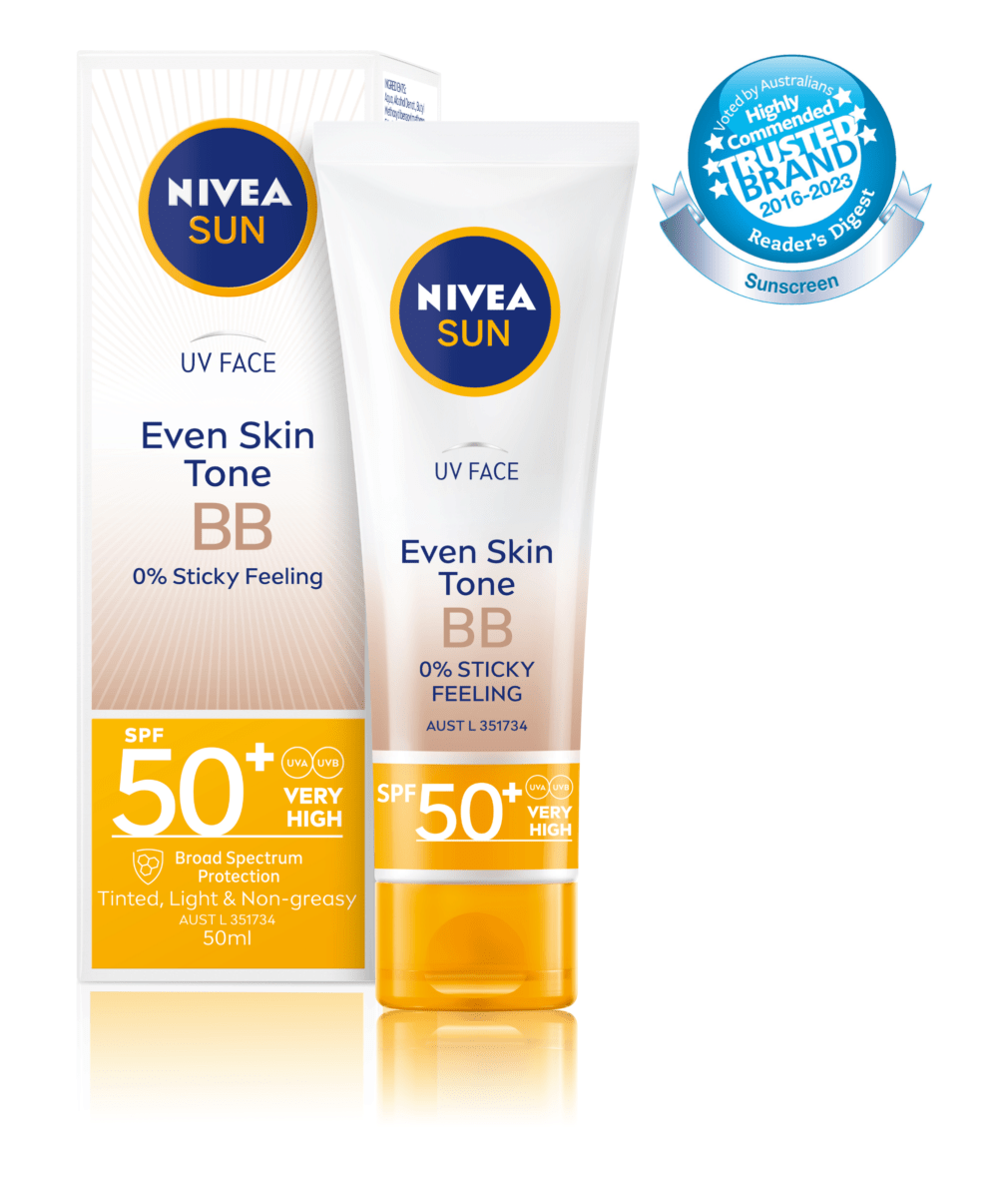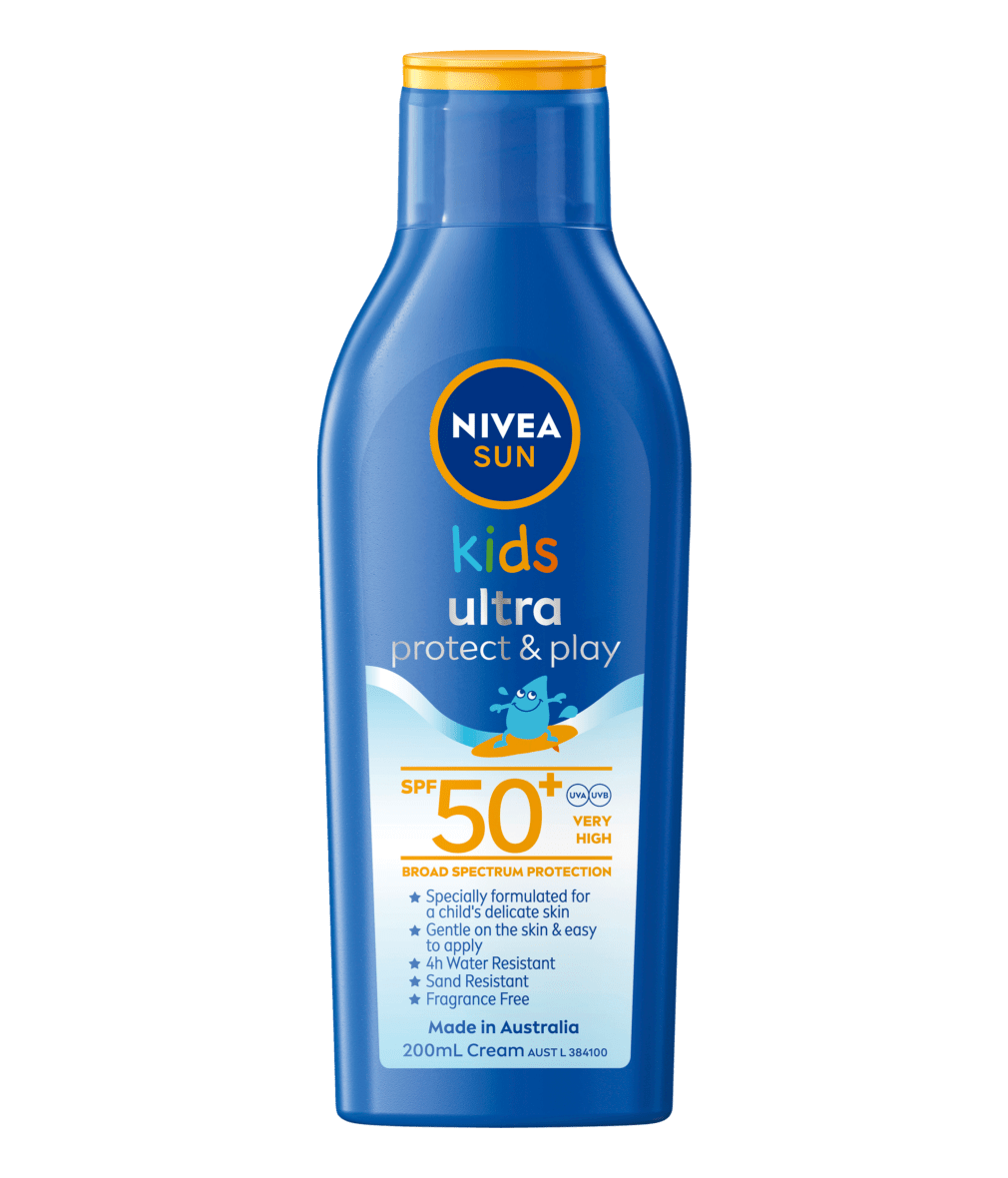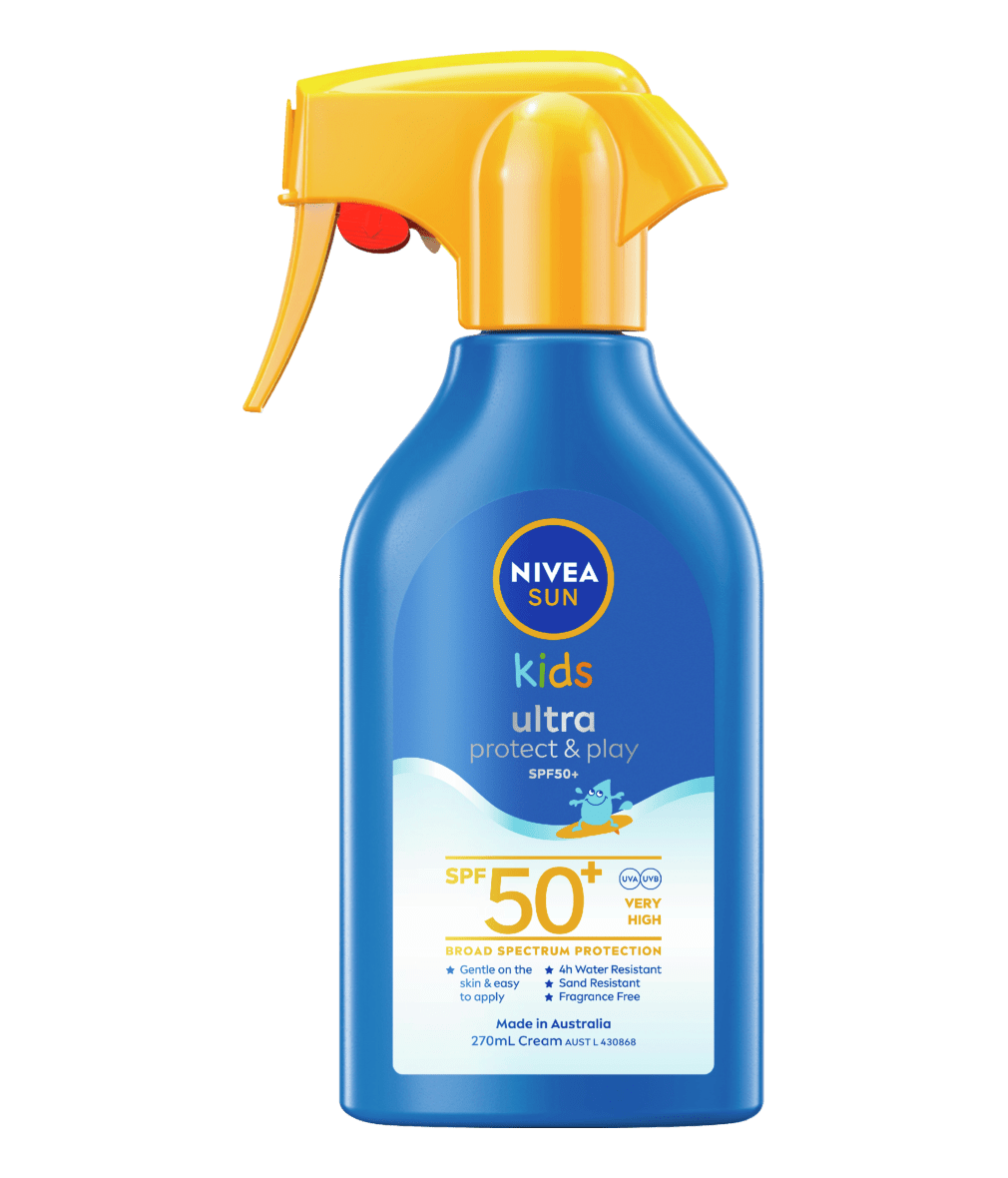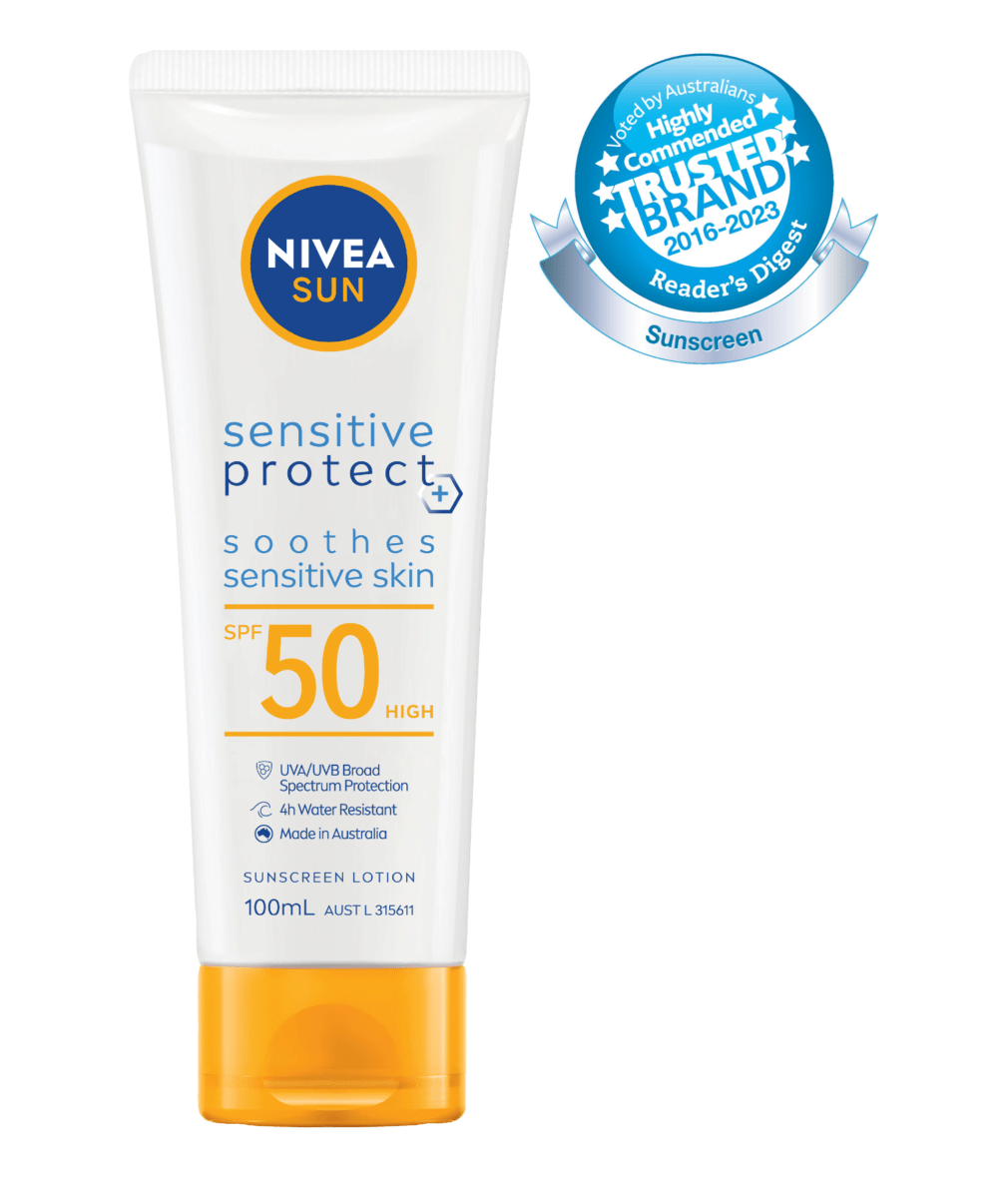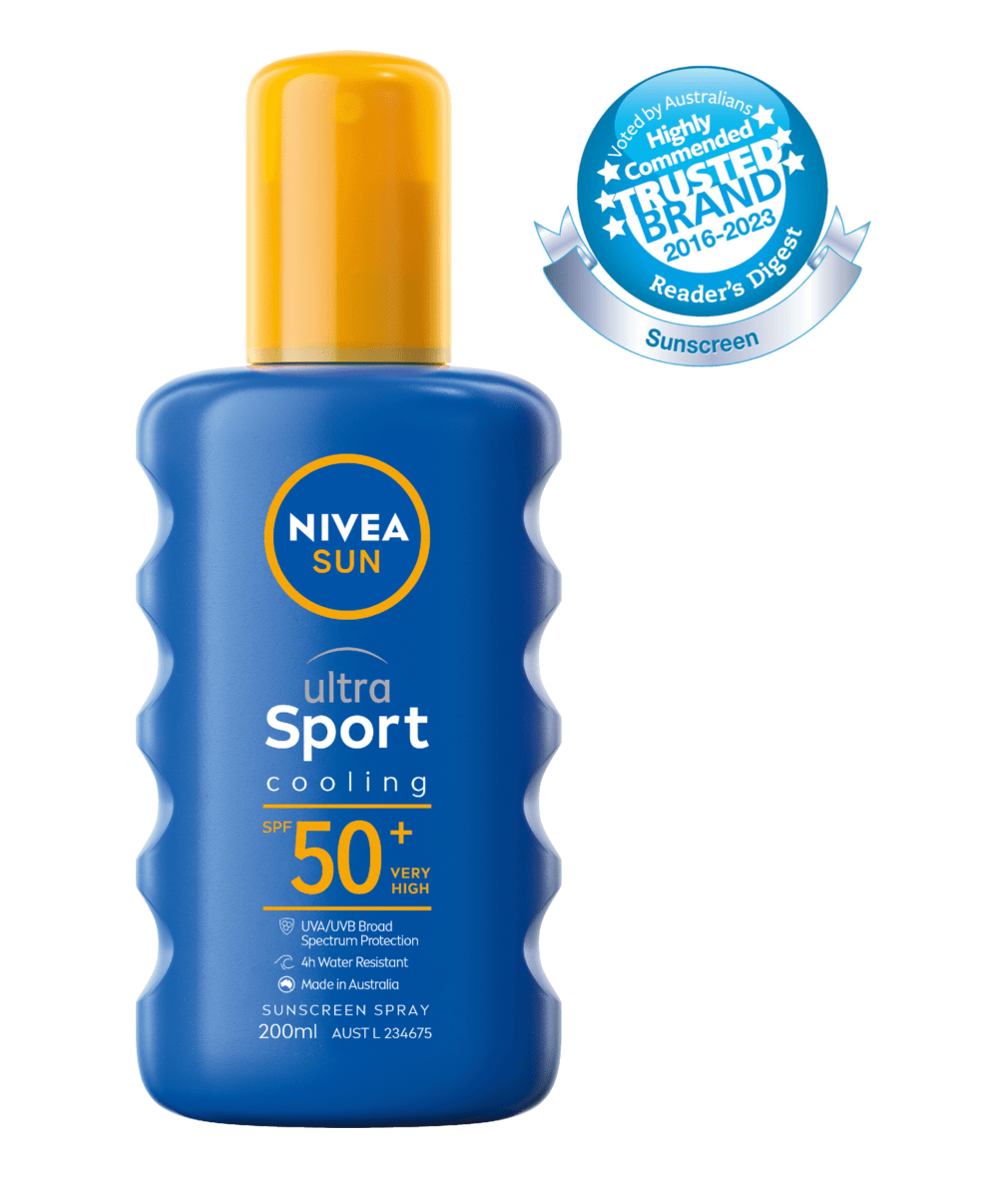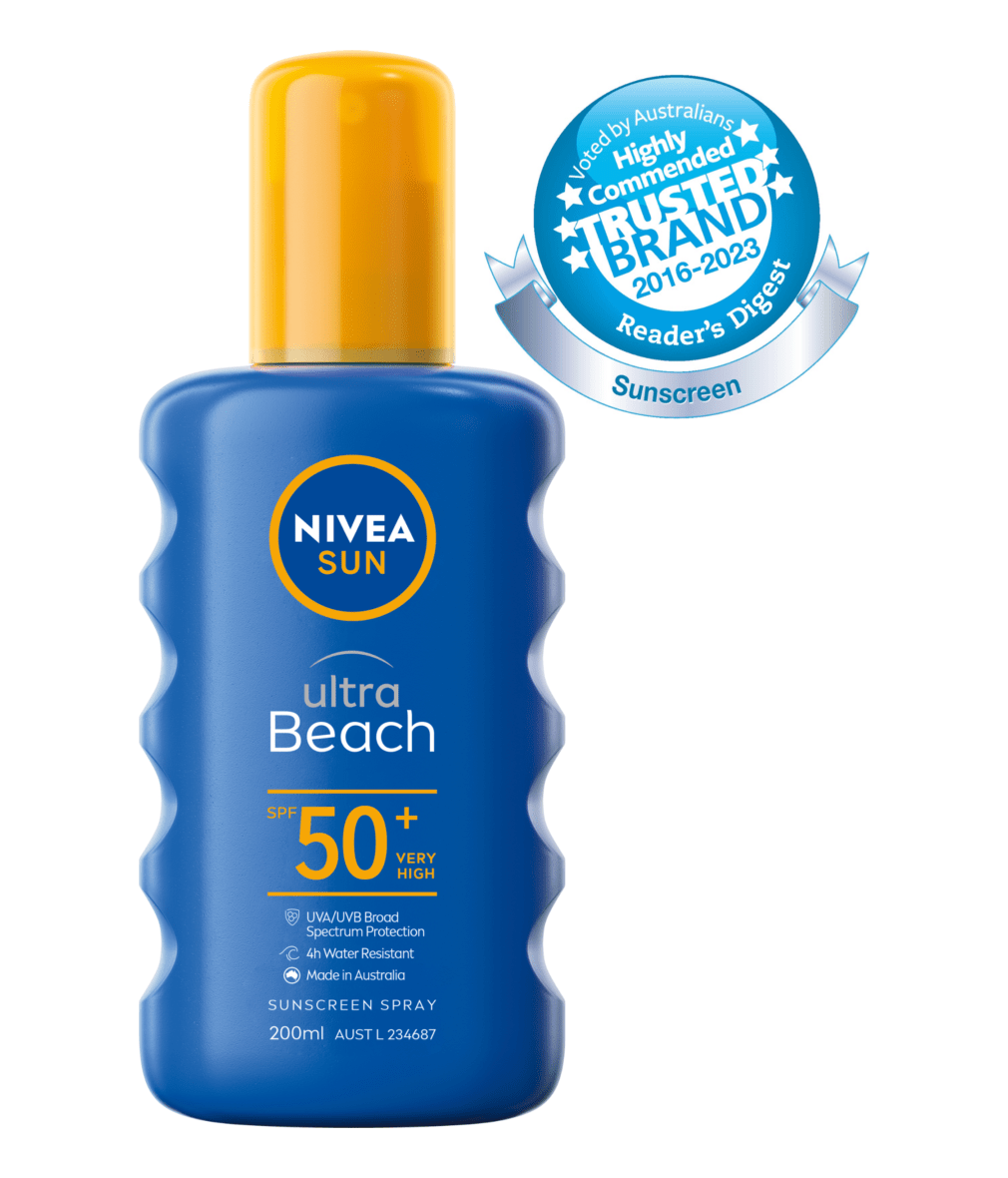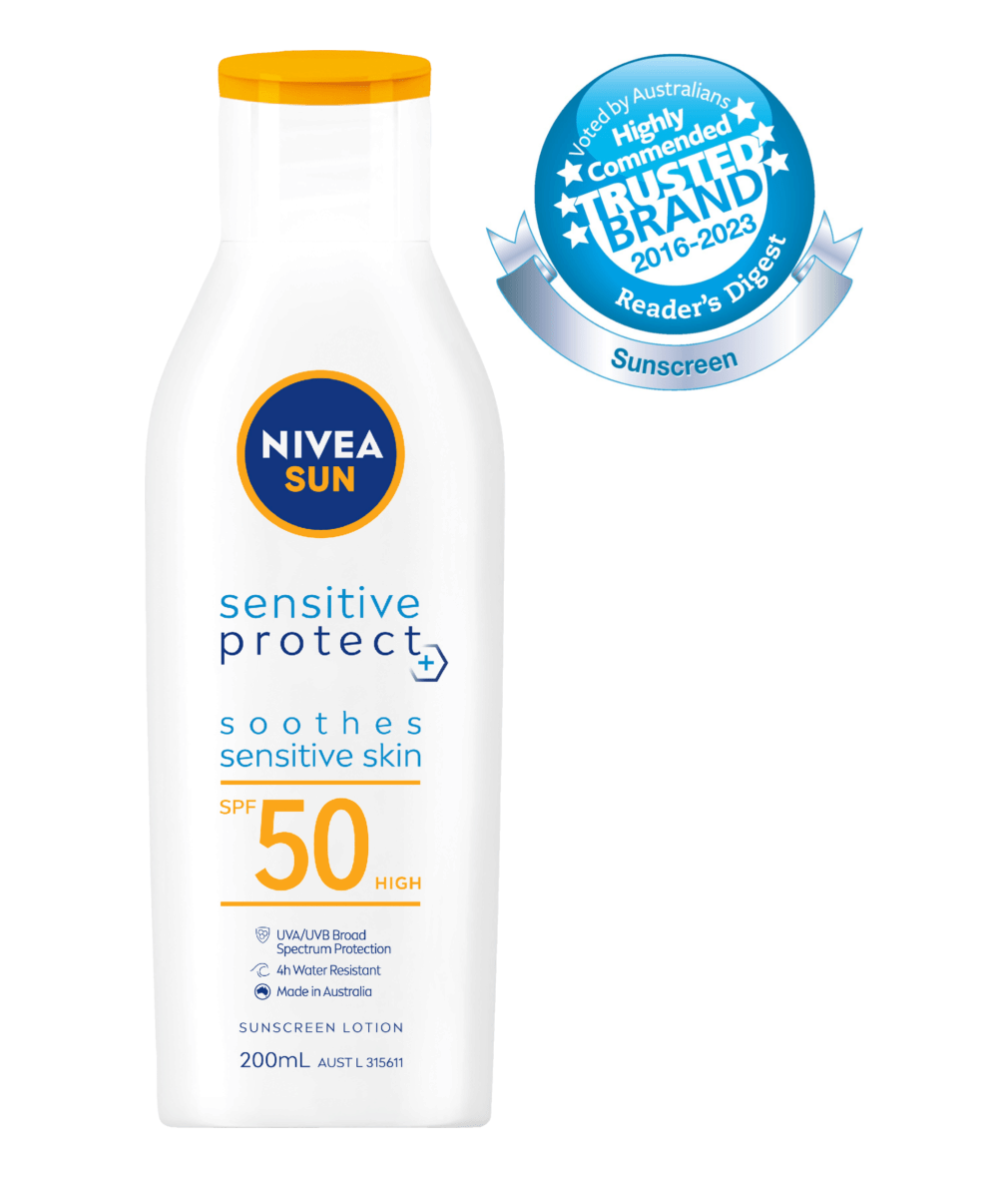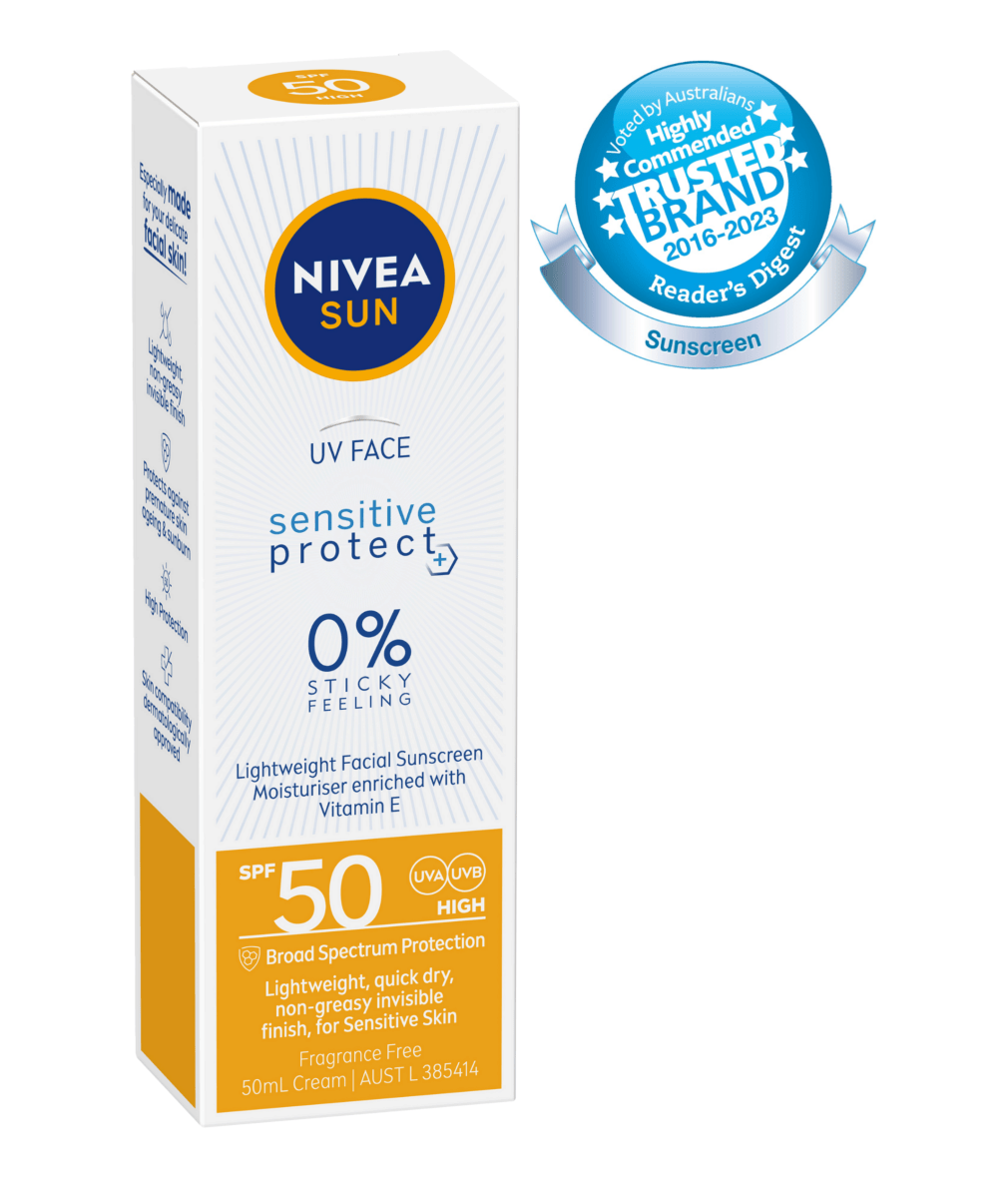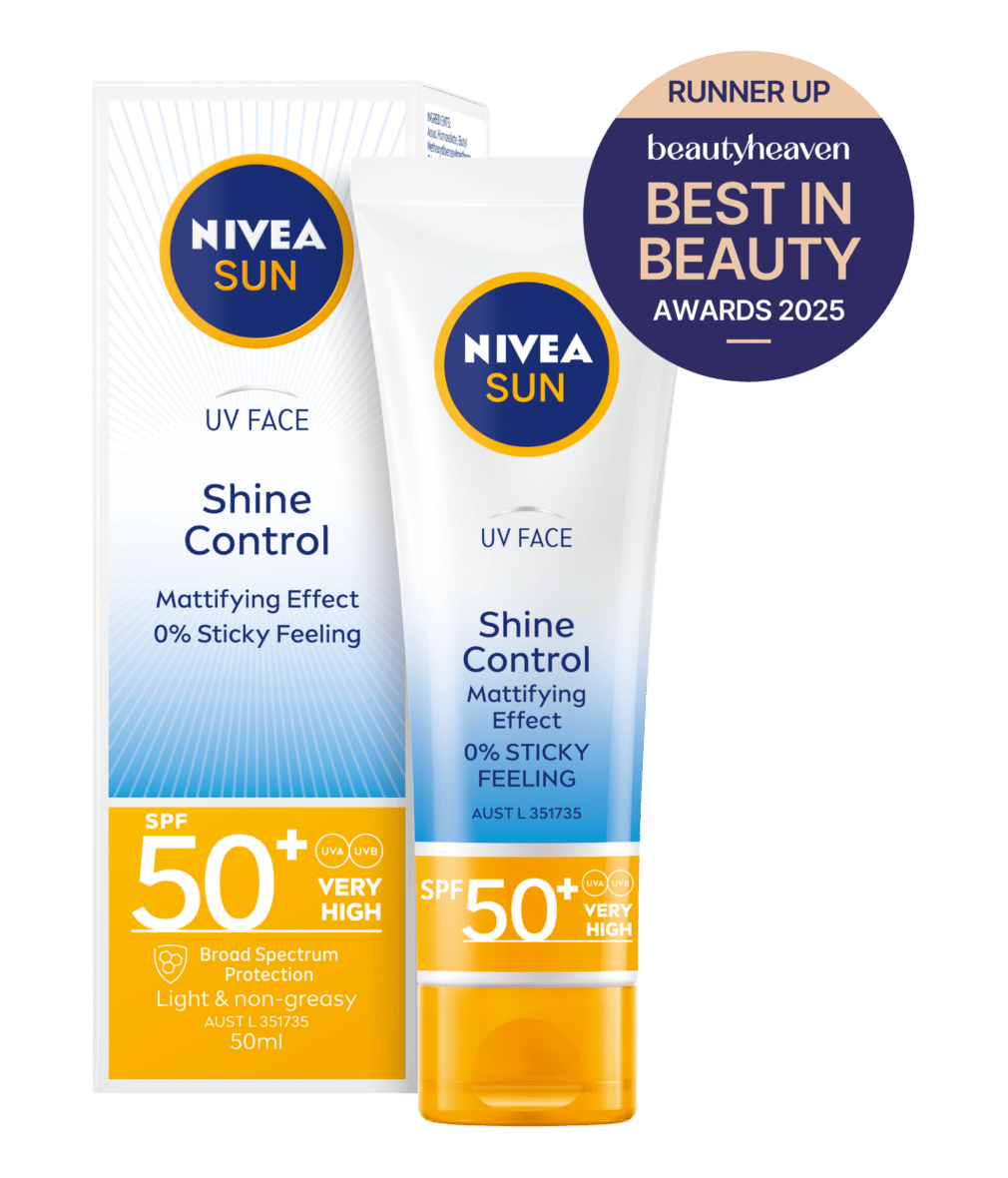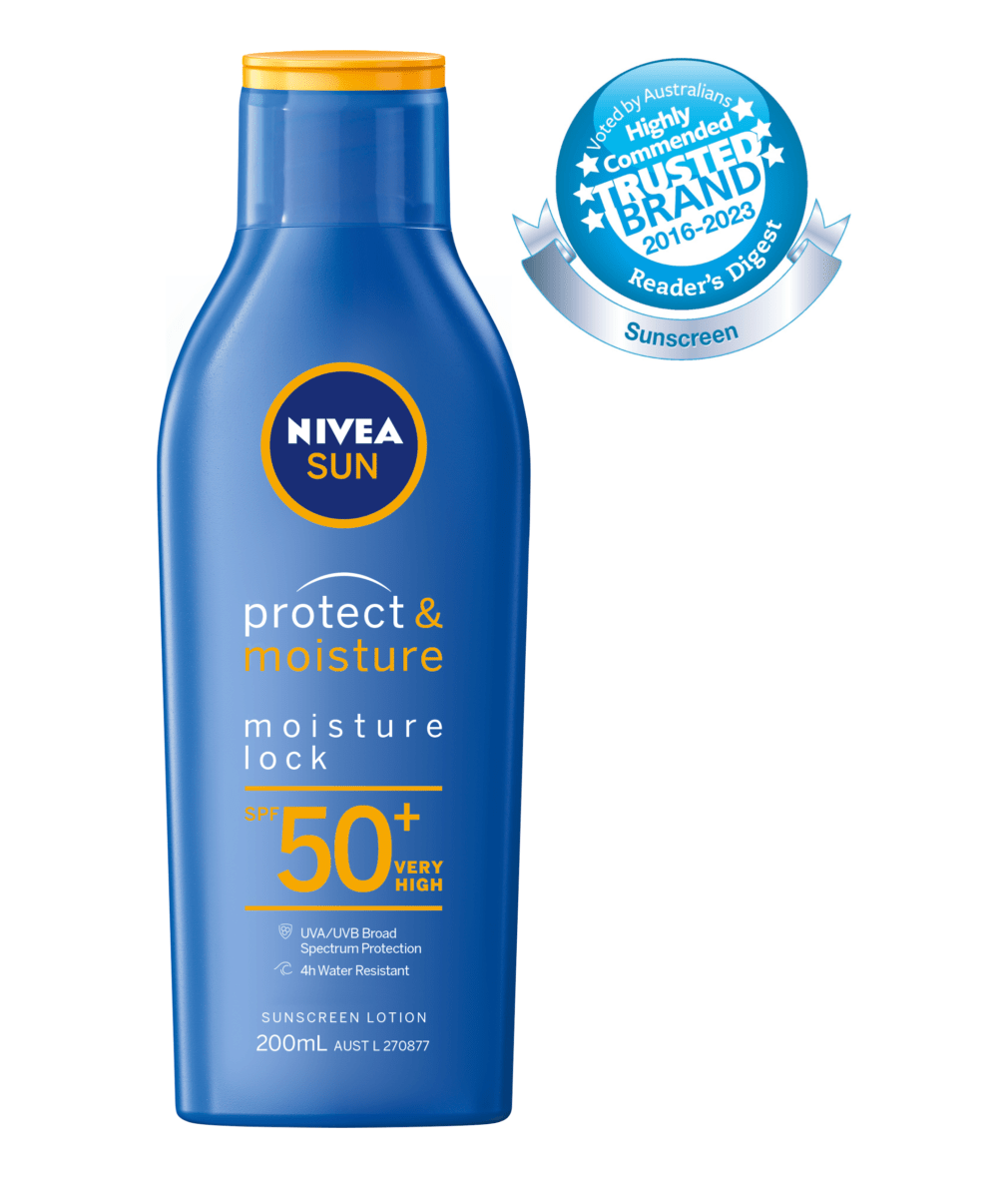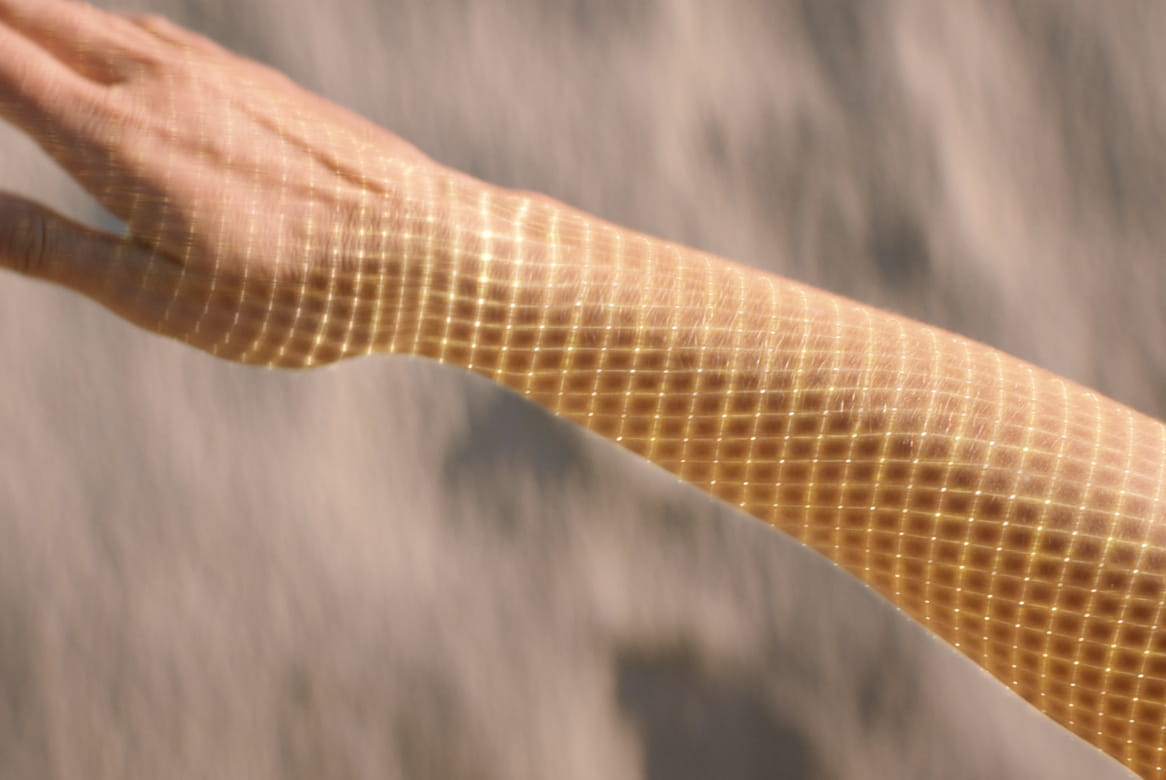
SHOP OUR BEST
BODY
SUNSCREEN
Protect, moisturise, and keep your skin glowing on sunny days and every day with the best sunscreen options from the NIVEA SUN body sunscreen range.
STAY PROTECTED WITH NIVEA SUNSCREEN
Always read the label and follow the directions for use. Sunscreens are only one part of sun protection. Avoid prolonged high-risk sun exposure. Reapply frequently.

